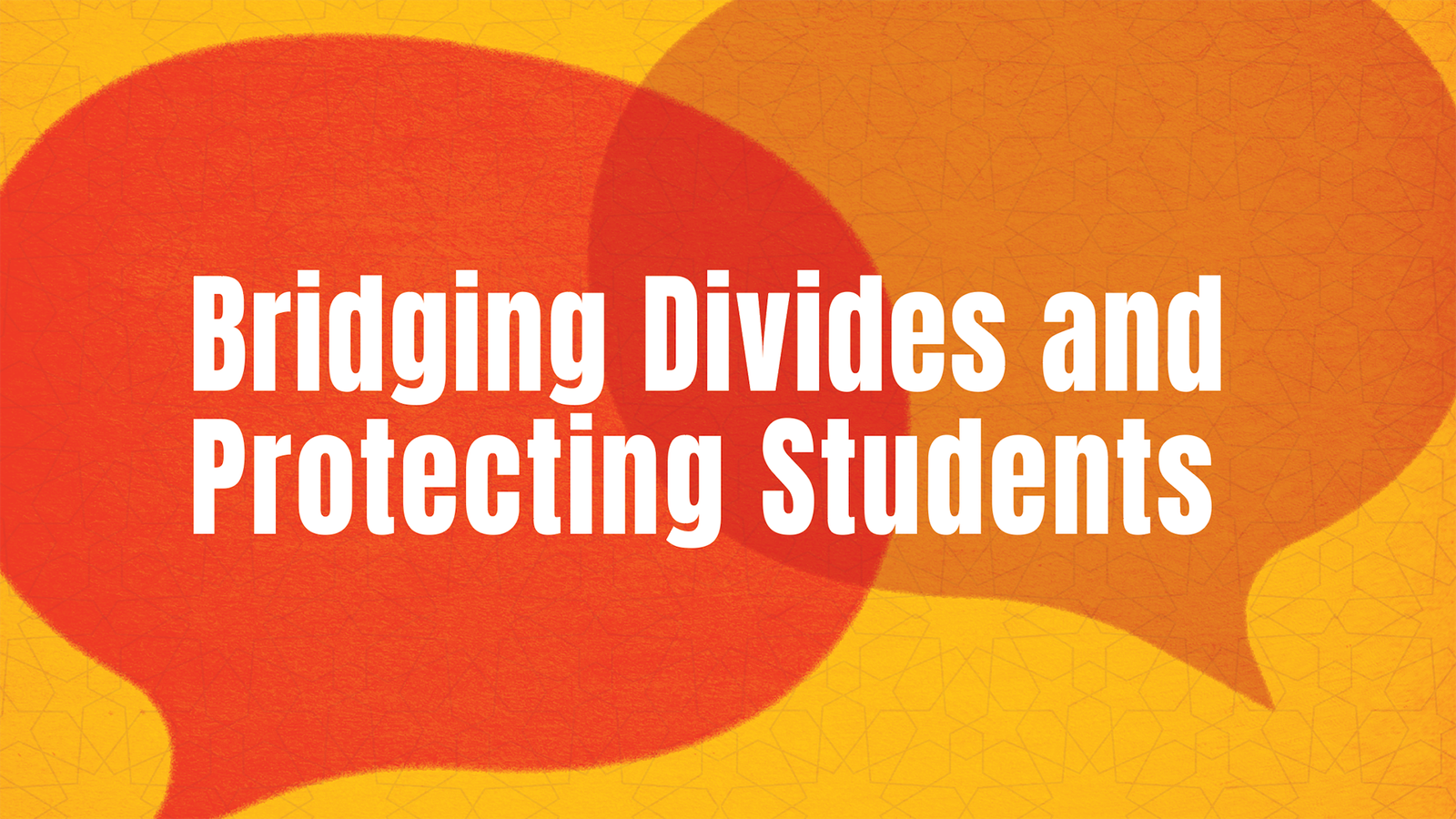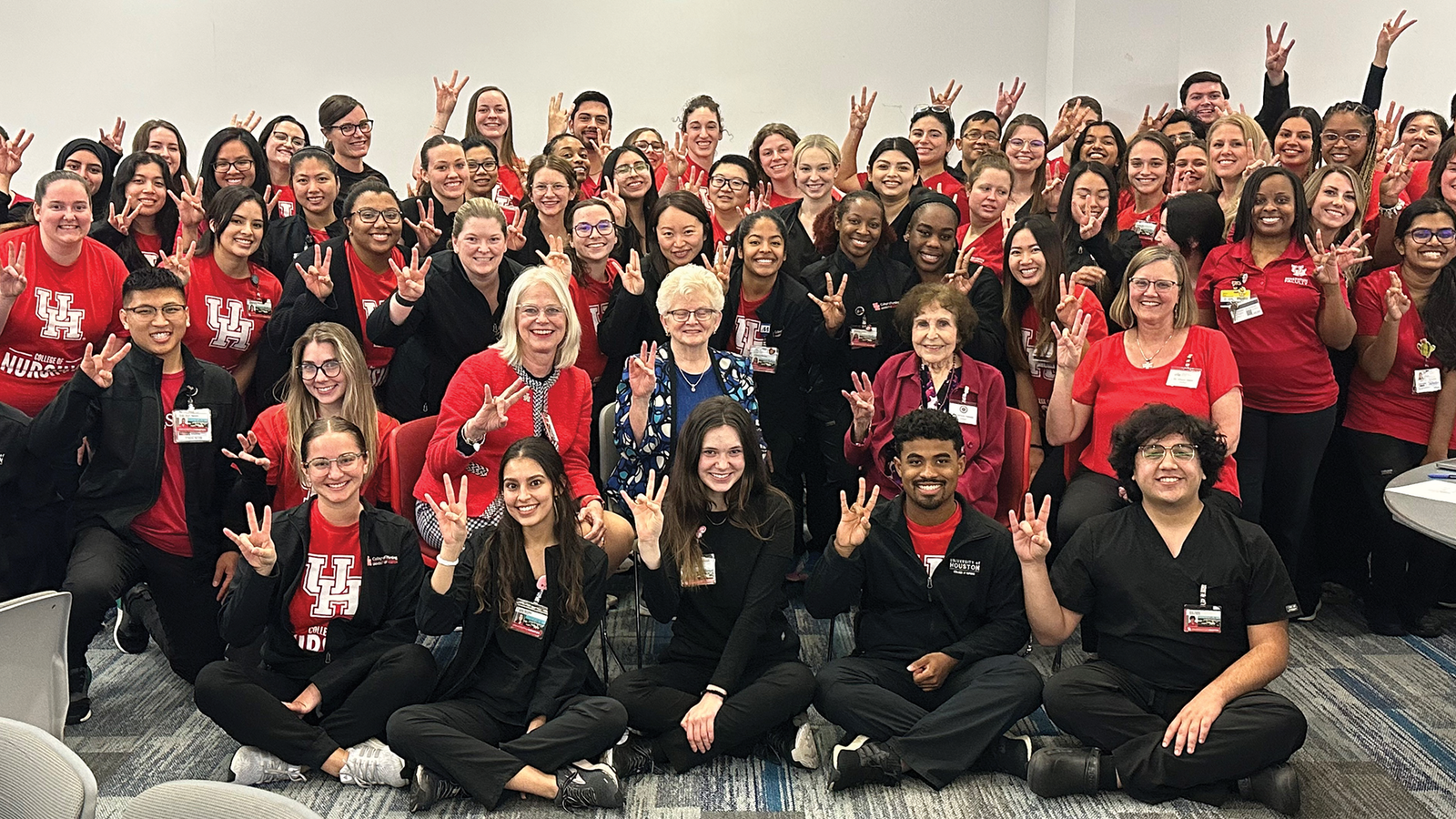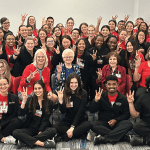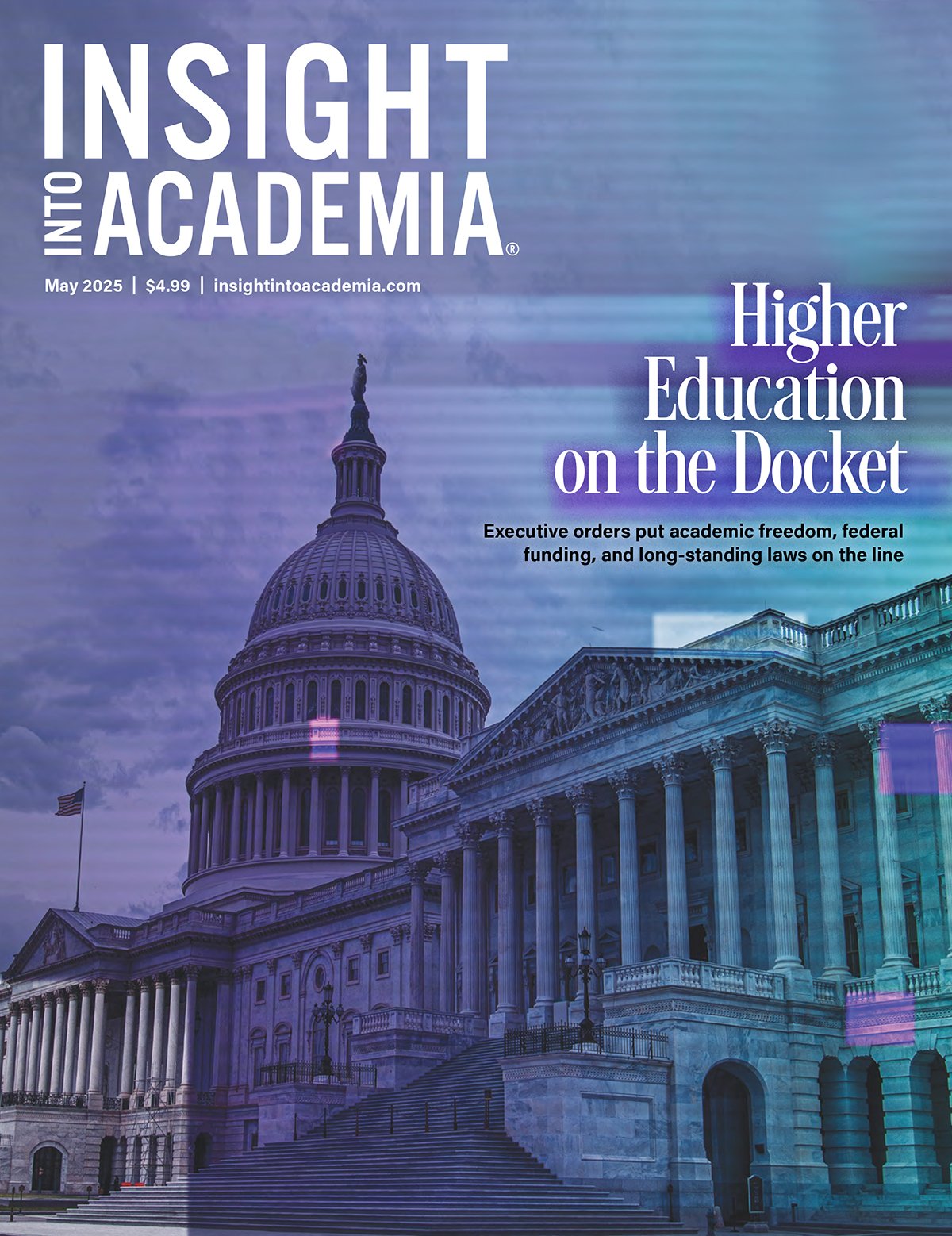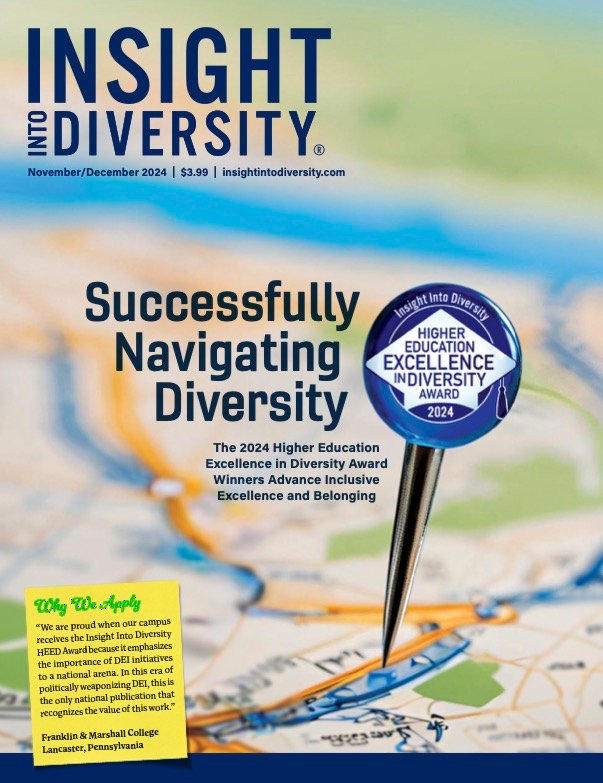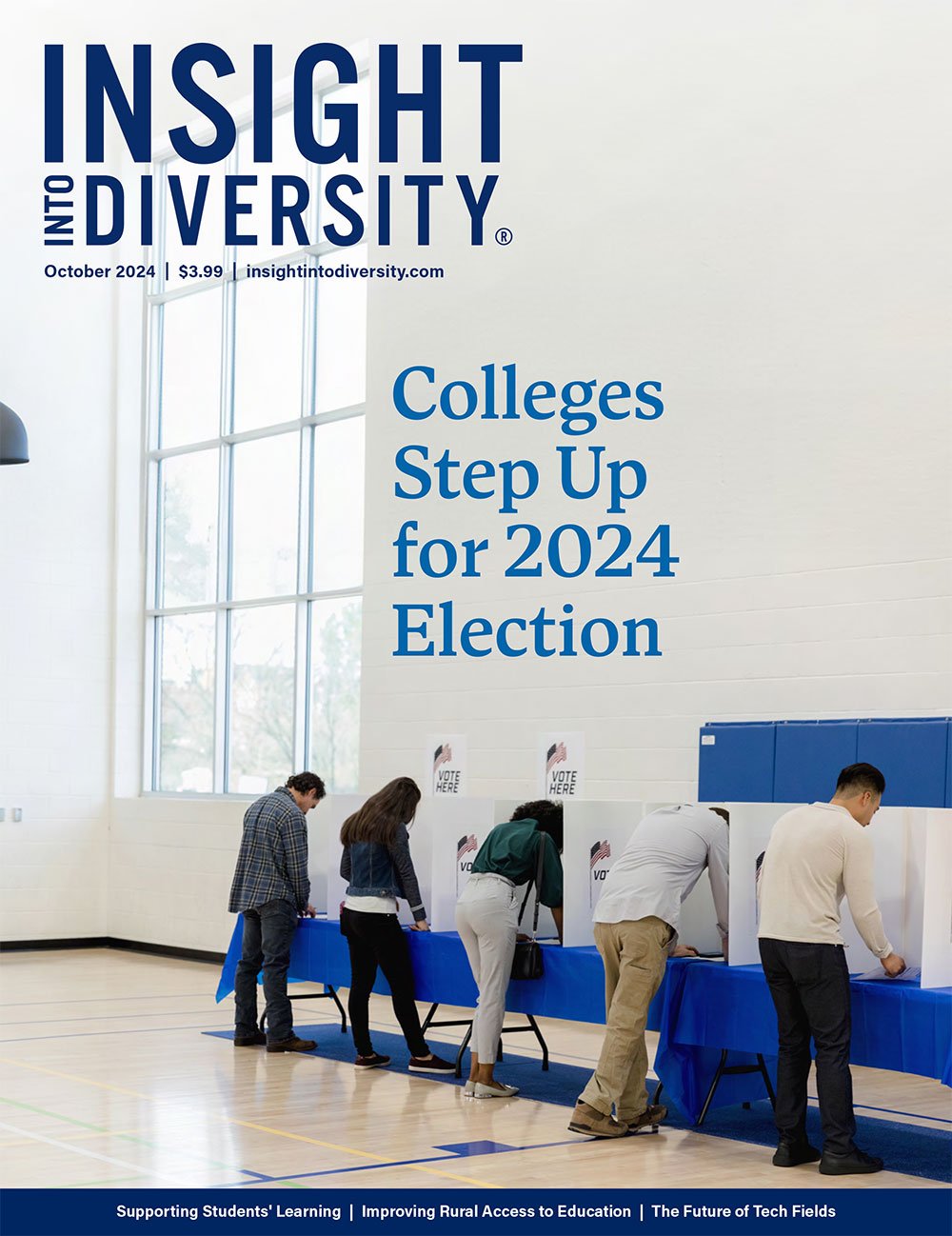Political leaders, organizations, and campus communities are calling on college and university officials to assess and find ways to improve the campus climate and protect students from antisemitism and Islamophobia amid a rise in tensions during the Israel-Hamas war.
The public is reporting an alarming uptick in incidents of discrimination or harassment based on perceived or actual religious affiliation or nationality. Antisemitic incident reports in the U.S. increased 388% since the Hamas attack on October 7, through October 23, reports the ADL (Anti-Defamation League). Around this time, a 300% increase in calls for help and reports of bias were reported by the Council on American-Islamic Relations.
Violent attacks on college campuses are also making national headlines.
In October, an Israeli student at Columbia University was beaten with a stick. On November 3, an Arab Muslim student was struck by a vehicle at Stanford University. That same day, after a vigil held by a Jewish organization at University of Massachusetts Amherst, a student was arrested for allegedly assaulting a Jewish student and spitting on Israel’s flag.
Over Thanksgiving break, three Palestinian students attending Haverford College, Trinity College, and Brown University were shot and injured while walking near the University of Vermont campus.

“Many students are feeling a heightened sense of anxiety and stress,” says Katie Hurley, DSW, senior clinical advisor at The Jed Foundation (JED), a nonprofit that protects emotional health and works to prevent suicide for teens and young adults. “College campuses are usually places for student activism and academic debates, and a time for students to form opinions about the world around them. Instead, we are seeing young people describe hostile environments, including outright hate speech and incidents of violence.”
Students and faculty have also faced disciplinary measures after promoting polarizing ideas on the conflict in Israel and Gaza.
 At Stanford University, an instructor was removed from teaching duties pending an investigation into accusations of singling out Jewish students and downplaying the Holocaust. At Columbia University, Students for Justice in Palestine and Jewish Voice for Peace, both student organizations, were suspended until the end of the semester for allegedly violating campus policies and procedures.
At Stanford University, an instructor was removed from teaching duties pending an investigation into accusations of singling out Jewish students and downplaying the Holocaust. At Columbia University, Students for Justice in Palestine and Jewish Voice for Peace, both student organizations, were suspended until the end of the semester for allegedly violating campus policies and procedures.
Individuals are also reporting instances of doxxing, a form of harassment involving the publicizing of someone’s personal information and identity.
As the Department of Education investigates more than half a dozen colleges and universities for alleged discrimination against Jewish and Arab students under Title VI of the Civil Rights Act, higher education administrators face accusations of failing to protect the social and academic campus environment and mishandling incidents of bias and violence.
While there isn’t specific guidance for each institution, experts say leadership can take clear steps to support students, including establishing protocols to address instances of hate speech, harassment, and violence, elevating student voices, providing sufficient mental health resources, and advancing research and understanding with expanded curriculum and safe environments for productive dialogue.
Campus Climate
Following October 7, less than half of surveyed Jewish students reported feeling safe on campus and less than 40 percent felt comfortable with others knowing they’re Jewish, according to the November ADL study, “Campus Antisemitism: A Study of Campus Climate Before and After the Hamas Terrorist Attacks.”

“[The campus climate is] worse than we’ve seen really in my lifetime,” says Sara Coodin, PhD, director of academic affairs with the American Jewish Committee. “It’s really, really, challenging for Jewish students [and] for Jewish faculty, as well … a lot of the existing problems are really coming to light right now.”
While many Muslim students may feel supported by their university through religious accommodations, historically, many haven’t felt that way in regard to their advocacy for Palestinian rights, says Evelyn Alsultany, PhD, professor of American studies and ethnicity and an expert on the history of Arabs and Muslims in U.S. media.

“It’s terrible on college campuses,” Alsultany says. “These students definitely don’t feel included. They don’t feel like they matter.”
Intellectual diversity should be prioritized, as misunderstandings fuel tensions, says Coodin. In addition to a historical understanding of the conflict and knowledge on the differences of the terms “Israeli,” “Palestinian,” “Arab,” “Jewish,” “Muslim,” “Hamas,” and “Zionism,” individuals can work to understand why Jewish and Arab groups are marginalized in society and how criticisms of Israeli policy are not necessarily antisemitic, but can cross a line.
Muslim and Arab students may not have access to sufficiently equipped psychological services on campus or a support system to turn to for help.
Student Voices
“Free speech is essential. More speech is usually the solution for bad speech. We cannot have free speech double standards for different ethnic, religious, and racial groups, or for different political opinions. Speech which directly threatens or incites violence domestically and against students on campus should be subject to disciplinary action.” (Abe Baker-Butler, American Jewish Committee Campus Global Board president, Yale University student)
“Can they talk about what’s happening in Gaza?” says Alsultany. “Many students have reported over the years that they get questions [from people] assuming that they’re Muslim, that they’re oppressed. If they’re women, they get assumptions about terrorism, and then it ends up retraumatizing them.”
Institutions have long concerned themselves with the campus environment, but many have not prioritized this in secular, spiritual, and religious contexts, says Matthew Mayhew, PhD, co-principal investigator at the Interfaith, Spiritual, Religious, and Secular Campus Climate (INSPIRES) Index and the William Ray and Marie Adamson Flesher Professor of Educational Administration at The Ohio State University.
INSPIRES found that 28% of more than 200 institutions surveyed from 2021 to 2023 had bias response teams specifically trained to address issues of religious bias; 10% had trained faculty to manage classroom conversations around these topics; and 29% had mental health counselors trained to support religiously diverse students. These numbers should be higher, Mayhew argues.

“Are there protocols in place in order to manage productive conversations? What would those look like for students to feel free to express themselves, but do so in a way that’s respectful and not harmful to others?” Mayhew asks. “There [are] a lot of different ways to go about doing this. And some of that protocol [should] be nuanced to the campus itself.”
Overall, impacts extend to many students, even those not directly affected by increased antisemitism or Islamophobia, says Hurley.
“Students are likely to engage with information about these events occurring on other college campuses through social media and direct contact with peers,” she says.
Students with diverse identities are watching how campuses respond to conflict to see who is welcoming of their beliefs, Mayhew says. Some institutions will position themselves as leaders, while others reveal their lack of commitment for a positive campus climate, says Coodin.
“One of the positives that’s emerged out of all of this is [initiatives] that might have been [really] far down on the priority list for university administrators, it’s now top of mind for them,” she says.
Actions to Take
A number of actions can be taken to protect students in the short and long term.
First, protocols and systems for responding to Islamophobic, anti-Arab, and antisemitic incidents on campus can be developed, according to Mayhew. The American Jewish Committee also recommends clear communication of university codes of conduct in its guide “Confronting Campus Antisemitism: An Action Plan for University Administrators.”
To promote a positive worldview climate, INSPIRES suggests leaders advance interfaith organizations, expand curricular offerings on culture and history, engage with student religious community leaders, and offer events that celebrate identity.
Student Voices
“These forms of hate have been around for decades, centuries. I think it’s a very personal, sensitive thing to not only Muslims and Jews, but also just people who are very closely allied with those communities, regardless if they identify as that faith or not. [Administrators are] taking steps, but not nipping the problem at the bud. So I think that we’ll continue to have this problem for a very long time because we’re not addressing the root, which is [not] feeling safe to begin with, in your own skin.” (Anonymous, 19-year-old Arab undergraduate student)
Teach-ins on antisemitism and Islamophobia, workshops to coach students on navigating complex conversations, and bystander-intervention training so students know how to respond to discriminatory situations can also be prioritized, according to the JED report “Protecting Student Mental Health in the Face of Antisemitism and Islamophobia.”
Alsultany says it’s essential for institutions to defend free speech while condemning hate speech.
“[They should do] everything they possibly can to support public forums — which right now really feel impossible — [and] focus on providing resources to support all students, and especially those who are underresourced,” Alsultany says.
This extends to mental health resources, says Hurley, as campus leaders should always take action to engage students and support their mental health during unsettling times and beyond. This includes finding therapists and counselors that represent the diversity of the student body.
“Institutions should prioritize understanding a student’s religious and cultural identity because the diversity of a community is what makes a campus unique, powerful, and connected.”
Helpful Resources
- “Protecting Student Mental Health in the Face of Antisemitism and Islamophobia,” The Jed Foundation.
- “Confronting Campus Antisemitism: An Action Plan for University Administrators,” American Jewish Committee.
- “Promoting Safe and Inclusive Environments for Students of All Religious, Secular, and Spiritual Identities,” National Center on Safe Supportive Learning Environments.
- The Interfaith, Spiritual, Religious, and Secular Campus Climate Index, or INSPIRES Index, an evaluation tool for creating a welcoming climate for students of different worldview identities.
- Hillel Campus Climate Initiative, a program for administrators to build awareness, allyship, and action around antisemitism.
- ADL, the leading anti-hate organization in the world with a mission to stop the defamation of the Jewish people and secure justice and fair treatment for all.
- Council on American-Islamic Relations, America’s largest Muslim civil liberties organization.●
This article was published in our January/February 2024 issue.


